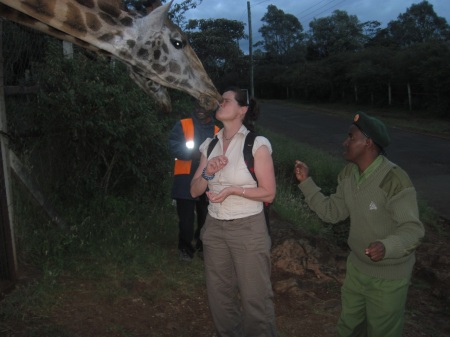It’s no secret that here at Lee & Low Books we value diversity – it is literally why we are in business. But we don’t always get down to the basics. Sharing the low numbers of books by/about people of color is not the same as convincing people we need more of them. Just dip your toes into the comments section of any major article about diversity in children’s books and you’ll see what I’m talking about.
When you don’t convince people that the lack of diversity matters, what you get is more of the same. And in publishing, more of the same pretty much looks like this: BookCon, a major one-day event for readers in New York City, releases a lineup of 31 participating authors…and all of them are white.
BookCon is the latest example and certainly a frustrating one, but it is by no means an isolated incident. It’s heartening to see so many recent articles covering the lack of diversity in children’s books, but the question is how that discussion can be turned into action on a large scale to change things. The status quo – massive underrepresentation of people of color – is like a huge, heavy boulder that needs to be moved. Awareness alone will not move it an inch. What’s required is a lot of people to give it a push.
That’s why I love the new #WeNeedDiverseBooks campaign happening this week. Here’s your chance to share with the world why diversity in books matters to you and why you want more of it:


 Marilyn Singer is the author of more than one hundred children’s books, including many poetry collections. Her works have won numerous honors, including the Lee Bennett Hopkins Poetry Award Honor and the Orbis Pictus Honor.
Marilyn Singer is the author of more than one hundred children’s books, including many poetry collections. Her works have won numerous honors, including the Lee Bennett Hopkins Poetry Award Honor and the Orbis Pictus Honor. 






